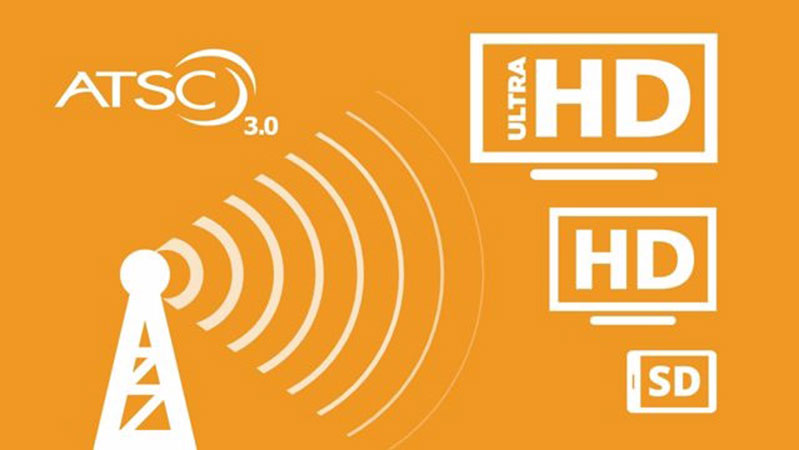The future of free-to-air (FTA) terrestrial broadcasting in the U.S. will be shaped by the upcoming spectrum Incentive Auction, the “repacking” that will follow, and the next-generation DTTV standard.
The fate of FTA terrestrial television will be determined March 29, 2016, starting with the Incentive Auction.
This is a program devised by U.S. regulatory agency the FCC to buy from TV stations spectrum amounting to 600 MHz in order to sell it to wireless broadband companies.
Repacking is the process for TV stations to move to new frequencies. This process offers several options, including that of being paid to get off the air but surviving by relying on third-party distributors: cable TV, satellite and broadband.
It is estimated that at least 250 TV stations will choose to go off the air, while 1,000 will be repacked. In the best possible scenario for the FCC, 450 TV stations will volunteer to go off and only 800 will have to repack.
The next-generation terrestrial broadcast TV standard, known as ATSC 3.0, supports 4K and streaming, among other Internet-related features. However, the new standard is not compatible with the current ATSC 1.0 and 2.0 and most likely, the U.S. government will not subsidize the cost of converters for consumers, like it did during the imposed transition from analog to digital. In any case, ATSC 3.0 will not be a mandatory standard and stations can broadcast parallel transmissions (i.e. dual standards).
The TV stations that choose to be repacked will not have to broadcast with the new standard. The current deadline given to stations to move to their new frequencies is 39 months after the new channel assignment. The FCC has $1.75 billion available to compensate broadcasters for moving to new channels. The estimated cost to each TV station for repacking ranges between $2 million and $3 million and the FCC will only pay for 80 percent (for commercial TV stations).
Incentive Auctions are divided into Reverse Auctions and Forward Auctions.
Reverse Auction is where broadcasters will bid to voluntarily relinquish spectrum in exchange for a portion of the proceeds from the forward auction. This action has four options:
- Bid to relinquish a UHF channel to move to either a high VHF (7 to 13) or low VHF (2 to 6) channel. In this case, frequencies below channel 30 do not have to repack, as will not have all TV channels in major markets. On the contrary, desirable frequencies of the so-called “doom channels” in smaller markets will have to repack. Perhaps, Los Angeles will be an exception among the major markets, since up to 40 percent of the TV stations are expected to be repacked.
- Bid to relinquish a high VHF channel to move to a low VHF channel.
- Bid to relinquish their current channel in order to share a channel with another broadcaster, in exchange for a share of the auction proceeds. The amount of the 6 MHz spectrum that stations will share is determined by private accords. The stations will have also to share the transmission site.
- Bid to relinquish their license and go off the air, in exchange for a share of the auction proceeds.
The forward auction is where TV stations bid for new frequencies.
An interesting side note is that the VHF frequencies that had to be vacated in 2009 during the U.S. migration to digital TV (stations had to move to UHF), will most likely return to the original TV station licensees in 2019 as a consequence of repacking.
Audio Version (a DV Works service)











Leave A Comment